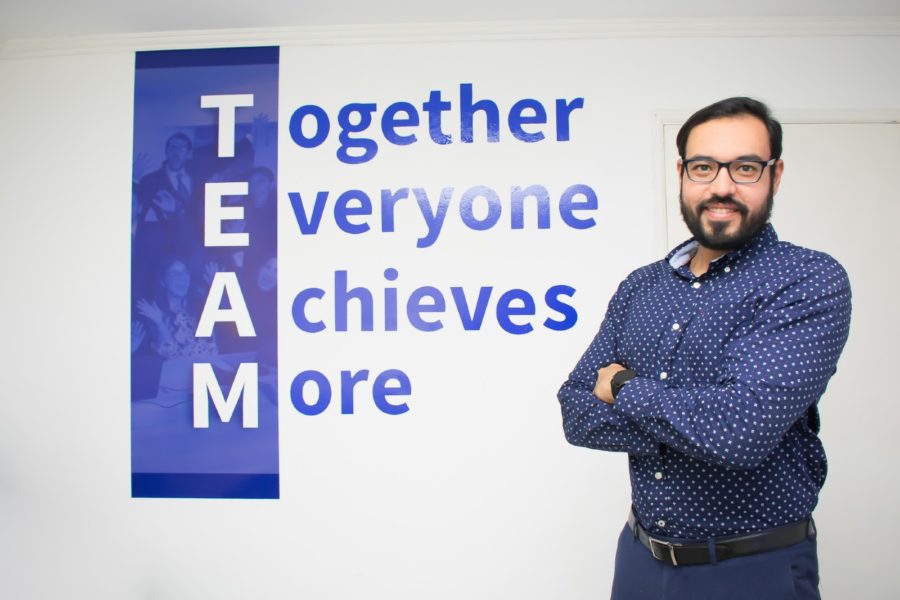Marketing has a lot of routes and ends a company might take to progress its brand further. However, a connective tissue exists that binds marketing efforts together, like the binding of a storybook. Brand storytelling is precisely that: an overarching marketing exercise aligned with and encompasses all other efforts to continue a narrative simultaneously.
In this article, we are going to delve into Brand Storytelling, why companies have it, and explore what benefits it brings. But first… What is it?
Kaitlin Loyal gives us a sound definition from which we can begin working.
“Brand storytelling is using a narrative to connect your brand to customers, focusing on linking what you stand for to the values you share with your customers.”
Let’s break it down and analyze what she means by this:
- Narrative: This stands for the inclusion of characters, a setting, conflict, rising action, climax, and dénouement, or the outcome of a story.
- What You Stand For: This is the essence of your brand. It’s not about the product or service you sell, and it’s not just to make money. It’s the engine, the driving force behind your business, and it differentiates you from the competition, making you particular and helping you stand out.
- Values: The very character traits of your company. These are the best behaviors you and your employees or team members exhibit on their best days. And it’s what you want to be recognized for.

After this short breakdown, we can better understand what makes Brand Storytelling what it is. The overarching narrative of your entrepreneurial and commercial efforts, the whole going-on behind the scenes, makes your company human, and that helps you stand out from a sea of generic companies that would compete against you.
This narrative also exhibits what you want your customers to see in you and, paradoxically, what you want them to be reflected in.
To begin creating your own brand story, you start as you would by telling any story ( I happen to enjoy creative writing a lot, so this is just up my alley). You need your characters: the founders, the team members, the star employees, the inspiration. Where did you all come from? What drives the company to exist (Beyond the apparent monetary reason)?
Even more, all humans fail and get up and try again, or at least the better ones do. Such is the case for your company as well. Where have you failed? Where did you learn something and improve?
This all goes beyond and above just the services or products you commercialize. As Debbie Williams explains: “ You have to create something that they [members of your audience] want to be a part of and show that you really ‘get’ who they are and what they need. “
The key aspect of all this is to generate value. The story and what it represents to the consumer bring value to every post, Instagram story, tweet, and other engagement. As marketers, we must understand that it’s not the Brand that drives marketing but the Consumer who is the centerpiece of all, the alpha and omega of all your machinations.
And said consumers have limited attention to spending. They can skip past your IG post, ignore emails, gloss over calls to action, install ad blockers, or focus on something else entirely. But if they see value in you—if the consumer sees something worth their time, something beyond numbers and prices and material benefits, if they somehow connect with you on a personal level… that’s how you gain their attention, and therefore possibly, their patronage.
Check out these examples of companies making use of storytelling to deliver something extra to the consumer, something that stays with them in their brain:
Spotify is possibly the most used music streaming service out there. In 2017, they created How Students Listen 2017, a section where they displayed, using their user-gathered data, what students from different universities were listening to.
Uncovering what was the most popular or what similarities there were in likes between students from different houses of study. By using the universal language of music that connects us all, Spotify further connected with its users.
Google is simply the juggernaut of search engines. But even while standing above their competition, they, too, engage in acts of brand storytelling. Yearly, Google releases a Year in Search video showcasing what was most googled during the year. In this simple format, of short duration, Google connects with all its users and makes them connect, as events and essential phenomena that you likely googled are shown to be Googled by others.
These two brands didn’t have to do this. But in doing so, they created something interesting that captivated the attention of their user base. These actions used the brand and focused on the consumer, thus giving more value instead of just trying to fish for a purchase, and that is what the Art of Brand Storytelling is all about.
If you found this article interesting, Dennis Shiao, over at the Content Marketing Institute, explains this further and much better than I could. Check him out!
See more articles by Haward Méndez.





